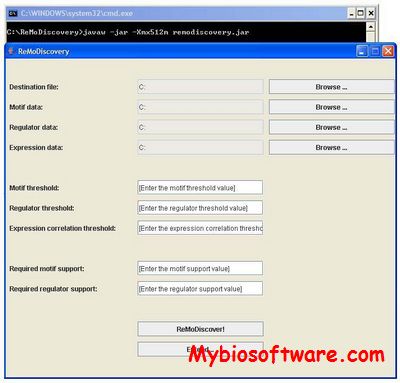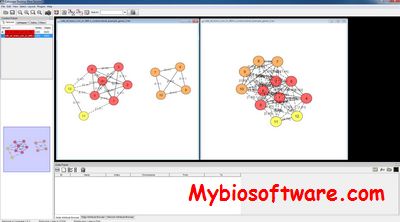EnrichNet 1.1
:: DESCRIPTION
EnrichNet is a network-based enrichment analysis method to identify functional associations between user-defined gene or protein sets and cellular pathways. The datasets are mapped onto a protein interaction network (or other user-defined molecular network) and their pairwise associations are assessed by computing a graph-based statistic, i.e. distances between the network nodes are mapped against a background model. In contrast to the classical overlap-based enrichment analysis, associations can also be identified for non-overlapping gene/protein sets and the user can investigate them in detail by visualizing corresponding sub-graphs.
::DEVELOPER
EnrichNet team
:: SCREENSHOTS
N/A
:: REQUIREMENTS
:: DOWNLOAD
 NO
NO
:: MORE INFORMATION
Citation:
Bioinformatics. 2012 Sep 15;28(18):i451-i457. doi: 10.1093/bioinformatics/bts389.
EnrichNet: network-based gene set enrichment analysis.
Glaab E, Baudot A, Krasnogor N, Schneider R, Valencia A.




